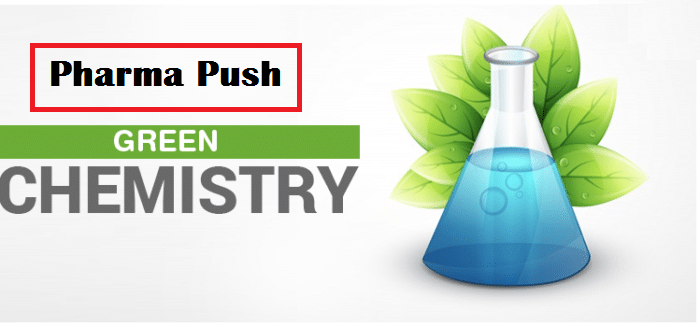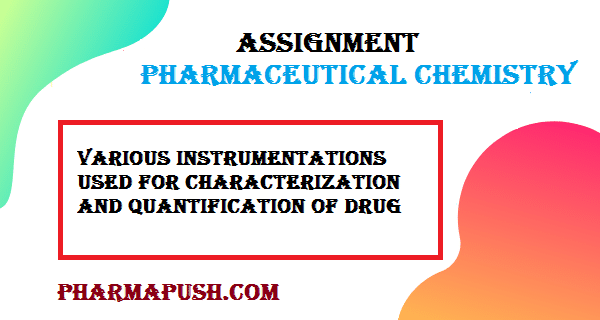Quality control (QC) and quality assurance (QA) are two crucial components in the pharmaceutical industry that play a vital role in ensuring the safety, efficacy, and quality of pharmaceutical products. These processes are integral to meeting regulatory requirements, maintaining consumer trust, and ultimately contributing to public health. In this comprehensive exploration, we will delve into the significance of quality control and quality assurance in the pharmaceutical industry, examining their respective roles, key principles, regulatory frameworks, and emerging trends.
Quality Control (QC):
1. Definition and Scope:
Quality control in the pharmaceutical industry involves a set of activities and techniques used to evaluate the quality of raw materials, intermediate products, and finished pharmaceutical products. It encompasses both physical and chemical testing, as well as the monitoring of manufacturing processes to ensure compliance with predefined quality standards.
2. Role in Ensuring Product Quality:
QC is instrumental in ensuring that pharmaceutical products meet established specifications and are free from defects or contamination. Through rigorous testing and analysis, QC helps identify and rectify deviations from quality standards, preventing the release of substandard or unsafe products into the market.
3. Types of QC Tests:
- Chemical Testing: Involves analyzing the chemical composition of raw materials and finished products to ensure they meet predetermined specifications.
- Microbiological Testing: Focuses on detecting and controlling microbial contamination, critical in pharmaceutical products where sterility is often paramount.
- Physical Testing: Includes assessments of product appearance, stability, dissolution, and other physical characteristics.
4. Regulatory Compliance:
- Good Manufacturing Practice (GMP): QC activities must adhere to GMP regulations, which outline the minimum requirements for the methods, facilities, and controls used in the manufacturing process.
- Regulatory Agencies: Organizations like the FDA (U.S. Food and Drug Administration) and EMA (European Medicines Agency) set stringent guidelines for QC processes to ensure product safety and efficacy.
5. Challenges and Advances:
- Technological Advances: Implementation of cutting-edge technologies, such as chromatography, spectroscopy, and automation, enhances the efficiency and accuracy of QC testing.
- Globalization Challenges: As pharmaceutical supply chains become more global, QC faces challenges in maintaining consistency and uniformity across diverse manufacturing facilities.
Quality Assurance (QA):
1. Definition and Scope:
Join TelegramQuality assurance in the pharmaceutical industry is a comprehensive system of processes, procedures, and audits designed to ensure that the entire pharmaceutical development and manufacturing process consistently meets predefined quality standards.
You May Like: Overview on Green Chemistry
2. Role in Ensuring Product Quality:
QA is a proactive approach aimed at preventing defects and deviations before they occur, ensuring that the overall quality management system is robust and effective. It involves continuous monitoring and improvement of processes.
3. Key Principles of QA:
- Risk Management: Identifying potential risks and implementing measures to mitigate or eliminate them is a central aspect of QA.
- Documentation and Record Keeping: Thorough documentation of processes, procedures, and outcomes is essential for traceability and accountability.
- Training and Education: Ensuring that personnel are well-trained and knowledgeable is crucial for maintaining consistent quality.
4. Regulatory Compliance:
- ICH Guidelines: International Conference on Harmonisation (ICH) guidelines provide a global standard for the development, registration, and post-approval of pharmaceutical products, emphasizing the importance of QA.
- Audits and Inspections: Regulatory bodies conduct regular audits to assess a company’s compliance with GMP and other quality standards.
5. Challenges and Advances:
- Complex Supply Chains: QA faces challenges in ensuring the quality of pharmaceuticals with the globalization of supply chains. Advanced tracking and traceability technologies help address these challenges.
- Data Integrity: Ensuring the integrity of data is critical for QA. Advances in data management systems and technologies contribute to maintaining data integrity.
Significance of QC and QA in Pharmaceutical Industries:
1. Patient Safety and Efficacy:
- Ensuring that pharmaceutical products meet stringent quality standards is fundamental to patient safety and the efficacy of medical treatments.
- Rigorous QC testing detects impurities, contaminants, or deviations that could compromise the safety of the end-user.
2. Regulatory Compliance:
- Adhering to QC and QA practices is mandatory for regulatory compliance, as outlined by agencies such as the FDA, EMA, and other global regulatory bodies.
- Non-compliance can result in severe consequences, including product recalls, legal actions, and damage to a company’s reputation.
3. Consumer Trust:
- QC and QA contribute to building and maintaining consumer trust. Patients and healthcare providers rely on the pharmaceutical industry to deliver safe and effective products.
- A strong commitment to quality enhances the reputation of pharmaceutical companies and fosters trust among stakeholders.
4. Cost-Effectiveness:
- Implementing robust QC and QA processes early in the product development lifecycle can prevent costly errors and deviations.
- A proactive QA approach minimizes the need for corrective actions, reducing the risk of production delays and financial losses.
5. Continuous Improvement:
- QA emphasizes a culture of continuous improvement, encouraging companies to assess and enhance their processes continually.
- Regular QC testing and QA audits identify areas for improvement, leading to more efficient and effective manufacturing processes.
6. Globalization and Supply Chain Management:
- As pharmaceutical supply chains become more global, QC and QA play a crucial role in maintaining consistency and quality across diverse manufacturing sites.
- Harmonization of quality standards, as promoted by ICH guidelines, facilitates global collaboration and ensures uniformity in pharmaceutical quality.
7. Technological Advancements:
- The integration of advanced technologies in QC, such as real-time monitoring, data analytics, and artificial intelligence, improves the accuracy and efficiency of quality assessments.
- Automated processes reduce the likelihood of human errors and enhance the reliability of QC results.
8. Data Integrity and Transparency:
- Ensuring data integrity in both QC testing and QA processes is essential for transparency and accountability.
- Advanced information systems and blockchain technology contribute to maintaining the integrity of data throughout the pharmaceutical lifecycle.
Conclusion:
In conclusion, quality control and quality assurance are indispensable components of the pharmaceutical industry, collectively ensuring the safety, efficacy, and quality of pharmaceutical products. QC focuses on rigorous testing and analysis to detect and rectify deviations from established quality standards, while QA takes a proactive approach to prevent defects and ensure the overall robustness of the quality management system.
The significance of QC and QA extends beyond regulatory compliance; it directly impacts patient safety, consumer trust, and the overall success of pharmaceutical companies. Embracing technological advancements, addressing challenges posed by globalization, and fostering a culture of continuous improvement are essential for pharmaceutical companies to navigate the evolving landscape of QC and QA in the 21st century.
As the pharmaceutical industry continues to advance, QC and QA will remain at the forefront, driving innovation, ensuring compliance, and ultimately contributing to the development of safe and effective medications for global populations.


